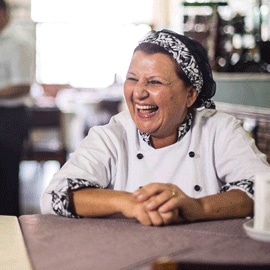
Food Safety in the Hospitality industry has always been an important topic. However, in the last few years with increased food allergens among consumers, foodborne illnesses and contaminated risks, Food Safety is a demanded skill of all foodservice professionals. In this guide you will find the latest tips and regulations with regards to restaurant food safety, such as allergen considerations, food storage checklist, HACCP guides and more. For more on Food Safety sign up for our FREE online Food Safety & Handling course.
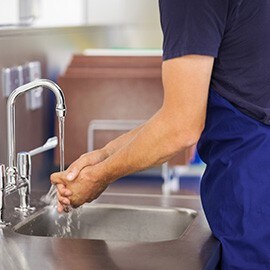
Tip #1: Make sure your Personal Hygiene is taken care of!
Food hygiene starts with good personal hygiene. Personal hygiene is often the cause of many food poisoning cases, however, it tends to be de-prioritised when it comes to food safety. Observing and monitoring your kitchen staff’s personal hygiene is crucial in preventing food contamination. Find out more about basic staff attire that prevents food contamination in this Food Hygiene article.
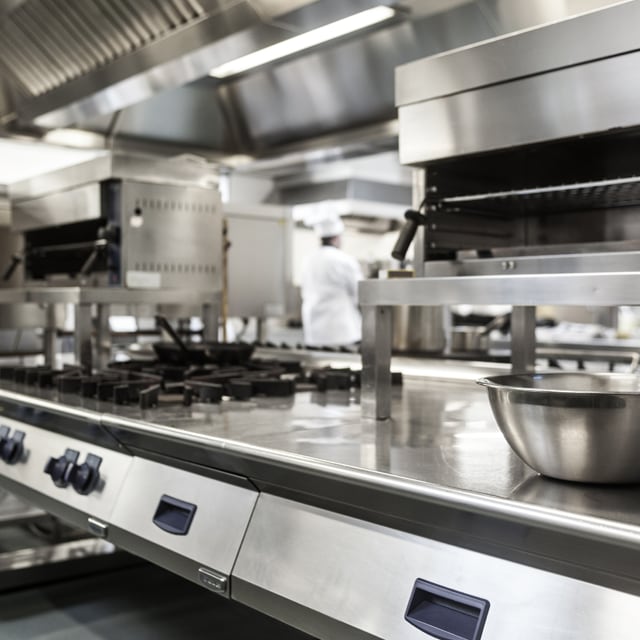
Tip #2 Ensure your Restaurant is using a Cleaning Checklist
Get to grips with the most important factors to clean Back of House and Front of House in this Restaurant Cleaning Checklist.
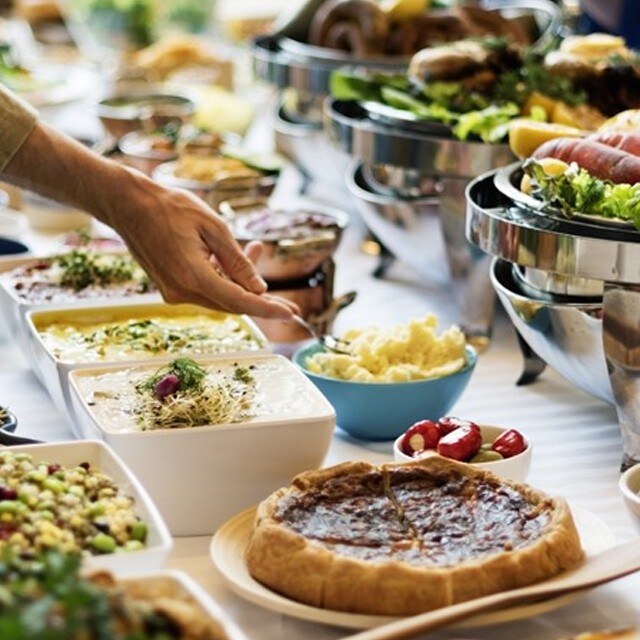
Tip #3 Get your Team onboard the latest Restaurant Food Storage Guidelines
Food storage plays a crucial role in food safety practices. Each restaurant has the responsibility to store their products in the right way, whether freezer/ refrigerator or low moisture room/ dark room. Storage depends on the type of product but fundamentally they should be kept clean and safe. When storing food, follow these Food Storage Tips.
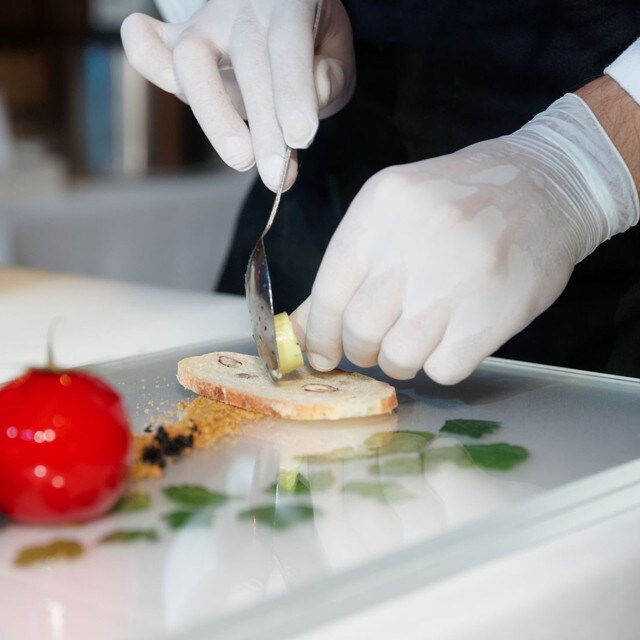
Tip #4 Minimize Cross-Contamination Risks
Cross contamination is a big food safety hazard in the kitchen it’s vital to ensure that all risks of infection are prevented. Cross contamination can occur in various ways:
- People to Food
- Food to Food
- Chemicals to Food
Use these tips on How to Prevent Cross Contamination in Food and ensure food safety is met!

Tip #5 Get to grips with HACCP
As a chef you want to be sure that the food you serve is tasty, nutritious, and above all safe. If food safety standards are mismanaged, you are at risk for putting both your customers’ health and your restaurant’s reputation at risk. Making a HACCP plan for your establishment will help you identify and monitor biological, chemical, and physical properties that are foodborne hazards. It is preventive, rather than reactive and is an effective risk management tool. Use this HACCP Checklist to ensure your kitchen is safe and hygienic.
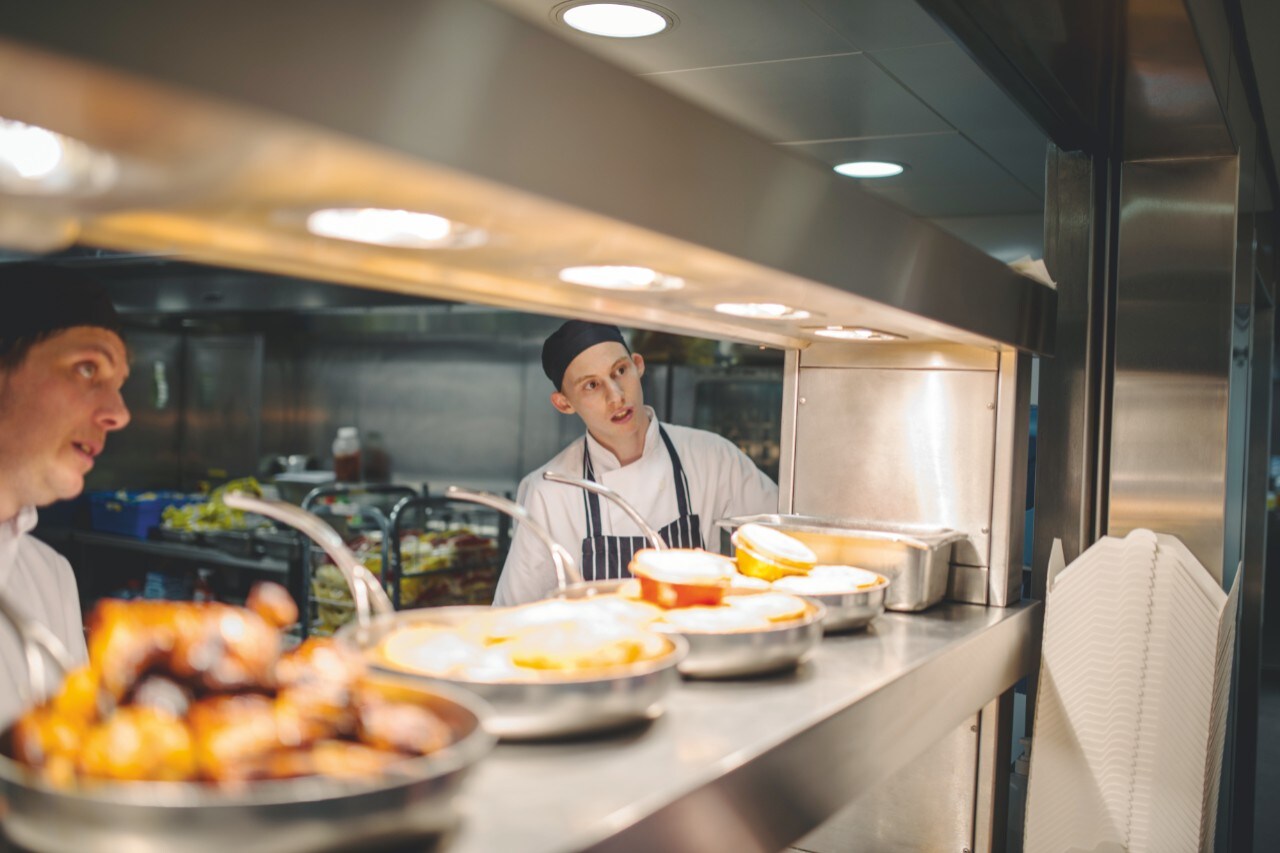
Tip #6 Know your Hazard spots
Knowing your kitchen and routine's hazard spots ensure restaurant and staff safety. Here's a summary of potential hazards you need to manage in your kitchen: Personal hygiene, deliveries, shelf life, preparation, cross contamination, cutting, defrosting, stewarding and equipment.
